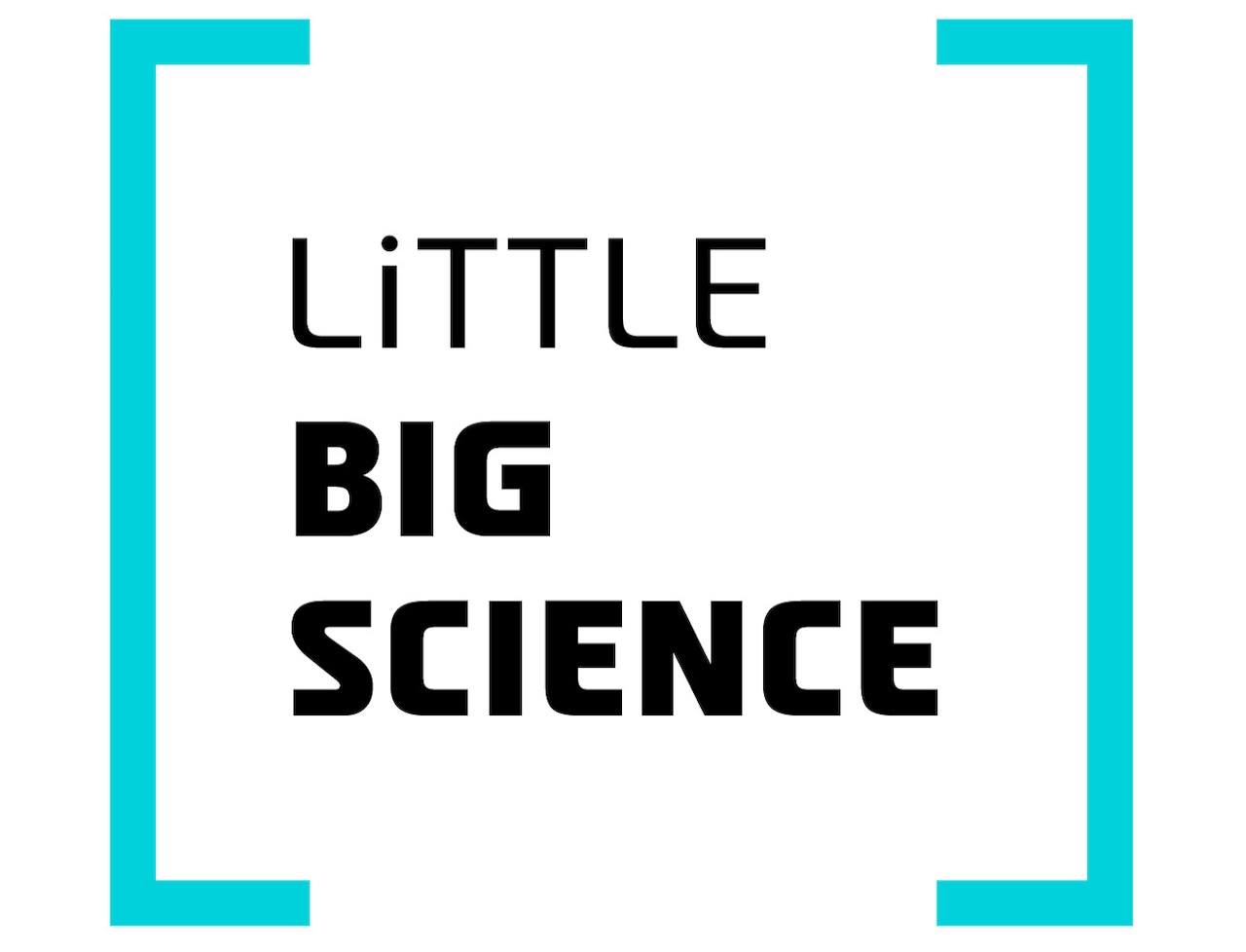
Advertisement
Almost everyone over the age of 40 knows the feeling—near vision begins to blur, you hold your book or phone screen farther from your eyes, and at some point reading glasses are unavoidable. This phenomenon is called “presbyopia,” and it’s a natural part of the eye’s aging process [1]. Presbyopia occurs when the eye’s lens loses elasticity over the years, making it harder to change shape and focus on nearby objects. Distance vision is not affected, but reading or work that requires looking at objects up close becomes challenging. Until now, the main solutions were reading glasses or contact lenses, but the FDA has recently approved a new and intriguing treatment. The treatment, called VIZZ, makes it possible to cope with the problem without constant dependence on glasses, providing temporary relief for up to ten hours after using the drops [2].
The drops contain the active ingredient aceclidine. This synthetic substance causes muscles to contract by activating muscarinic receptors—receptors that naturally respond to the neurotransmitter acetylcholine [3]. In other words, these drops mimic acetylcholine’s action and cause the iris’s sphincter muscle to contract. As a result, the pupil constricts, creating a “pinhole” effect that increases depth of field and thereby improves the ability to focus up close without significantly changing the lens’s own accommodative capacity.
Here’s the surprising part: the inspiration for this mechanism came from nature—and, in fact, from a toxin. Certain poisonous mushrooms, such as the famous fly agaric (Amanita muscaria), produce a compound called muscarine. Muscarine acts on those very same receptors, which is why its effects on the human body are so powerful and even dangerous: symptoms can include sweating, nausea, and cardiac arrhythmia. Science, however, has deciphered the toxin’s mechanism of action and developed a similar synthetic molecule with controlled, safe, and effective therapeutic effects. Aceclidine, first developed in the 1950s for other medical uses such as glaucoma, was adapted to treat presbyopia and is now the basis for VIZZ.
Thus, a dangerous natural poison has been transformed—drawing on biology—into a treatment that helps people read a book or a newspaper without holding it at arm’s length. This is a fascinating example of modern medicine’s ability to harness mechanisms from nature, even the most hazardous ones, and turn them into tools that improve quality of life.
Hebrew editing: Smadar Raban
English editing: Elee Shimshoni
References:
[1] On various treatments for presbyopia







